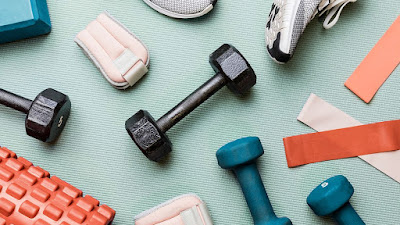Fitness and Exercise: Health Benefits, How to Get Started, and How to Get Better
Many people strive to be fit. Fitness, after all, is synonymous with health.
Having a high level of overall fitness is linked with a lower risk of chronic disease, as well as a better ability to manage health issues that do come up. Better fitness also promotes more functionality and mobility throughout one’s life span.
And in the short term, being active can help your day-to-day functioning, from better mood to sharper focus to better sleep.
Simply put: Our bodies are meant to move, and they tend to function better when we’re more fit.
That said, it’s also important to know that there are many different ways to be fit (think of a ballet dancer versus a bodybuilder or a sprinter versus a gymnast). And fitness does not have a singular “look.” In fact, appearance can’t necessarily tell you about someone’s habits, whether they’re actually physically active, or even whether they’re fit at all.
What It Means to Be Fit
According to the Physical Activity Guidelines for Americans set forth by the U.S. Department of Health and Human Services (HHS), there are five components of physical fitness:
- Cardiorespiratory Fitness Your VO2 max is a commonly used measure of this. It’s your body’s ability to uptake and utilize oxygen (which feeds all of your tissues), something that is directly related to your health and quality of life, says Abbie Smith-Ryan, PhD, professor and director of the Applied Physiology Laboratory at the University of North Carolina in Chapel Hill.
- Musculoskeletal Fitness This includes muscle strength, endurance, and power.
- Flexibility This is the range of motion of your joints.
- Balance This is your ability to stay on your feet and steady to avoid falls.
- Speed This is how quickly you can move.
A frequently cited peer-reviewed research paper from 1985 defined the difference between the terms “physical activity” (bodily movement resulting in energy expenditure), “exercise” (planned and structured physical activity), and “physical fitness.” The paper defined physical fitness as a set of attributes that people have or achieve that determines their ability to carry out daily tasks with vigor and alertness, without undue fatigue. Cardiorespiratory endurance, muscular endurance, muscular strength, body composition, and flexibility are components that can be used to measure fitness, also according to that paper.
In the real world, fitness translates to function, says Dr. Smith-Ryan. For example, can you carry your groceries or walk up the stairs without getting winded? Can you run around the backyard with your kids? Can you climb the stairs?




